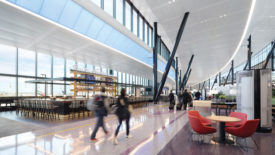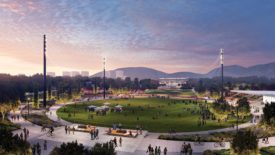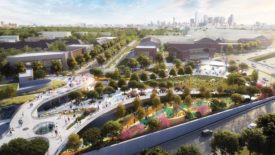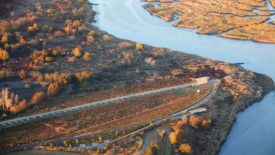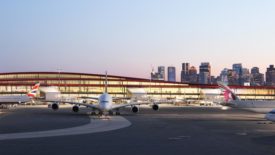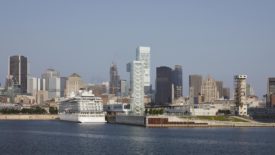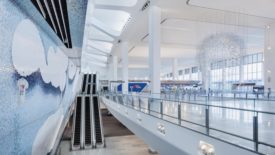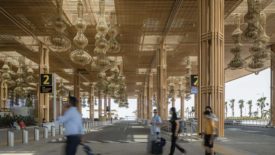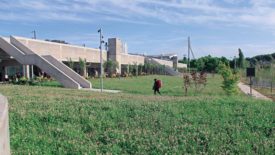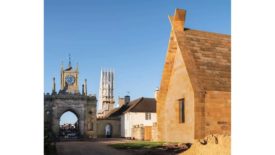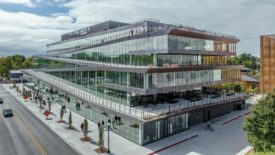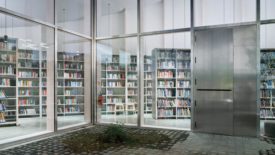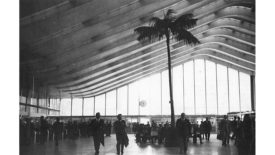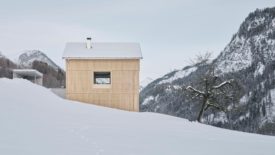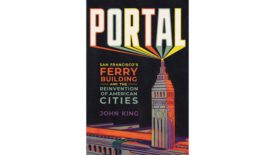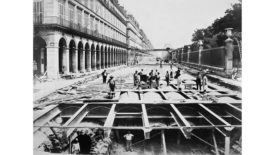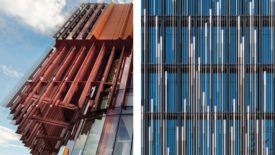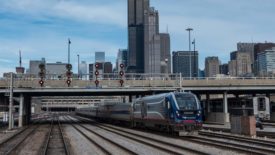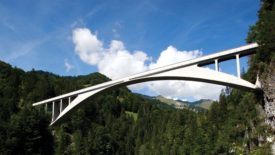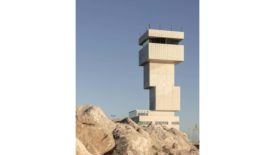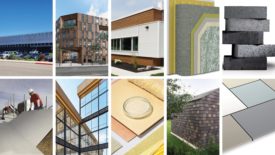Home » Publications » Architectural Record
Our Publications
Please select a publication below.
Architectural Record
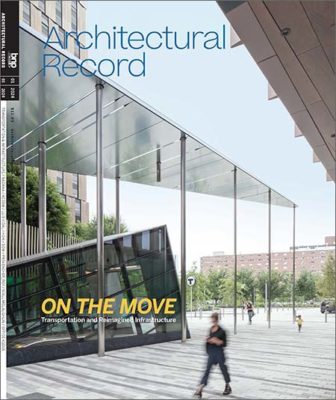
2024 January
Building Type Study
Back to TopField Operations Tackles A 'Wild and Strange" Park on Staten Island
Staten Island, New York
Read More
Architectural Technology
Back to TopProjects & Special Sections
Back to TopNíall McLaughlin Architects Gives Religion a New Face at a 12th-Century Castle
Bishop Auckland, England
Read More
Departments
Back to TopA New Biography, Written with Sympathy and Style, Delves into the Life of Vincent Scully
Review: 'Vincent Scully: Architecture, Urbanism, and a Life in Search of Community' by A. Krista Sykes
Read More
John King Untangles the History of American Urbanism Through San Francisco’s Ferry Building
Excerpt: 'Portal: San Francisco's Ferry Building and the Reinvention of American Cities' by John King
Read More
In Light of a Major Expansion, an Exhibition Takes a Historic Look at the Paris Metro
'Métro! Le Grand Paris en mouvement' on view at the Cité de l’Architecture et du Patrimoine through June 2, 2024
Read More
Products
Back to TopCopyright ©2025. All Rights Reserved BNP Media.
Design, CMS, Hosting & Web Development :: ePublishing
